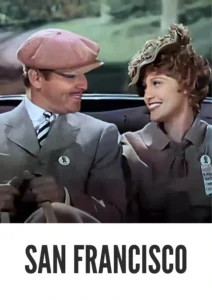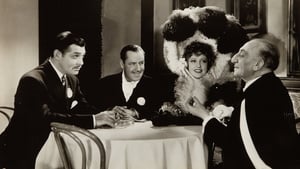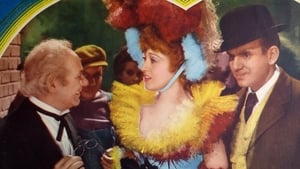Love, Music, and Disaster: San Francisco (1936) in Vivid Color

Immerse yourself in the sweeping drama of San Francisco, a captivating romance set against the backdrop of the infamous 1906 earthquake. This beautifully colorized version brings new life to the classic film starring Clark Gable and Jeanette MacDonald. A tale of ambition, love, and redemption, this HD download captures the spirit of a city on the brink of transformation, offering a visually stunning and emotionally resonant experience. Also known as Hello, San Francisco, this movie tells a story of a love triangle during a terrible disaster.
San Francisco Storyline: A City on the Edge
San Francisco tells the story of Blackie Norton (Clark Gable), a charismatic saloon owner in San Francisco’s notorious Barbary Coast. Blackie is a powerful figure who controls his district with an iron fist, but his life takes an unexpected turn when he meets Mary Blake (Jeanette MacDonald), a beautiful and talented singer.Mary’s arrival sparks a complex love triangle, complicated by the attentions of Jack Burley (Jack Holt), a wealthy and influential businessman who sees Mary as a means to elevate his social standing. As their relationships intertwine, the city is struck by the devastating earthquake of 1906, which levels much of San Francisco and forces the characters to confront their values and priorities. Amidst the chaos and destruction, they discover the true meaning of love, faith, and community.
Movie Cast
- Clark Gable as Blackie Norton
- Jeanette MacDonald as Mary Blake
- Jack Holt as Jack Burley
- Jessie Ralph as Mrs. Burley
- Ted Healy as Mat
Movie Genre
San Francisco falls into the genre of romance drama, combining elements of musical, adventure, and disaster film to create a sweeping and emotionally charged narrative. Its themes of love, ambition, and redemption are set against the backdrop of a city in turmoil.
Historical Context: The 1906 Earthquake
Released in 1936, San Francisco provides a cinematic depiction of the devastating 1906 earthquake that struck the city. The film captures the scale of the disaster and the resilience of the people. It reflects the historical context of the time, showcasing the city’s vibrant culture and the challenges it faced in the early 20th century.
Colorization Details
This colorized version of San Francisco has been meticulously restored, enhancing the visual appeal while preserving the film’s original atmosphere. The process involved carefully analyzing the grayscale tones of the original black and white footage and assigning appropriate colors to each scene.
Technical Details
- Director: W.S. Van Dyke
- Screenplay: Anita Loos
- Story: Robert Hopkins
- Cinematography: Oliver T. Marsh
- Edited by: Margaret Booth
- Production Company: Metro-Goldwyn-Mayer (MGM)
- Distributed by: Metro-Goldwyn-Mayer (MGM)
- Runtime: 115 minutes
Technical Specifications
- Download Format: MP4
- Resolution: HD (1080p)
- Compatibility: Compatible with most devices, including smartphones, tablets, computers, and smart TVs.
Reviews and Critical Reception
San Francisco (1936) was a box-office success and received positive reviews for its performances, historical depiction, and visual effects.
FAQs
- Q: What is San Francisco about?
- A: San Francisco is a romance drama set against the backdrop of the 1906 earthquake.
- Q: Is this version of San Francisco colorized?
- A: Yes, this version has been professionally colorized to enhance the viewing experience.
- Q: What makes San Francisco interesting?
- A: San Francisco offers a glimpse into the history of San Francisco, showcasing a love story amidst the disaster.
- Q: What is the download format?
- A: The download format is MP4, which is compatible with most devices.
- Q: What resolution is the download?
- A: The resolution is HD (1080p), providing a high-quality viewing experience.
Download Now in HD!
Watch San Francisco Today!














